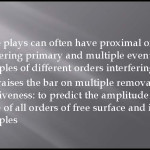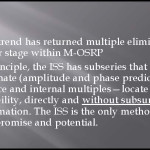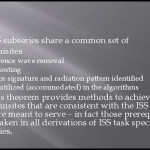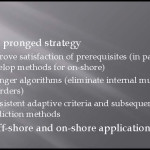Director, Mission-Oriented Seismic Research Program (M-OSRP)
Professor, Dept. of Physics
Professor, Dept. of Earth & Atmospheric Sciences
 (713) 743-3848
(713) 743-3848 (713) 743-3589
(713) 743-3589 [javascript protected email address]
[javascript protected email address]-
 Live Support
Live Support
Office: SR1 617
University of Houston
Houston, Texas 77204-5005.
Research & Publication
M-OSRP 2014 Annual Technical Review and Meeting, May 27-30 2014, Barton Creek Hotel , Austin Texas
The dates for the M-OSRP 2014 Annual Technical Review and Meeting are May 27-May 30, 2014. The meeting will be held at the Omni Barton Creek Hotel in Austin, Texas, USA. The arrival/reception is on the afternoon/ evening of Tuesday, May 27th.
The Technical Review is on Wednesday, May 28 and Thursday, May 29th, with departure on Friday May 30th. The M-OSRP Sponsor Advisory Board will meet after the technical session on Thursday, May 29th and before the Annual Meeting dinner.
Hotel information/location:
Omni Barton Creek Hotel
8212 Barton Club Dr. Austin, Texas 78735
Phone: 512-329-4000
Please ask for Brandy Boswell
[javascript protected email address] and refer to the reservation as M-OSRP/UH meeting.
![]() M-OSRP 2014 Annual Report Introduction
M-OSRP 2014 Annual Report Introduction
Removing multiples and/or using multiples for image illumination
The status and a proposed strategy that recognizes real and prioritized open issues and defines and addresses challenges. The strategy being pursued by M-OSRP will provide a direct response to current open issues and daunting offshore and onshore challenges. The goal is to deliver the required step change in multiple removal capability, that’s well beyond what is currently available, anywhere in the petroleum industry.
We focus on ‘what’ to compute, providing the necessary new concepts and algorithms. We are also working closely with Tom McClure, and his IBM team, to develop the ‘how’ to compute this next generation of seismic capability. Taken together, the ‘what’ and the ‘how’ deliver increased effectiveness. In this article, we also present a few thoughts on the subject of multiples and illumination.
Multiple attenuation: strategy that addresses current challenges
![]() A proposed plan recognizes real and prioritized open issues and defines and addresses challenges.
A proposed plan recognizes real and prioritized open issues and defines and addresses challenges.
Removing multiples without subsurface data
![]() Are we seriously considering treating multiples as signal?
Are we seriously considering treating multiples as signal?
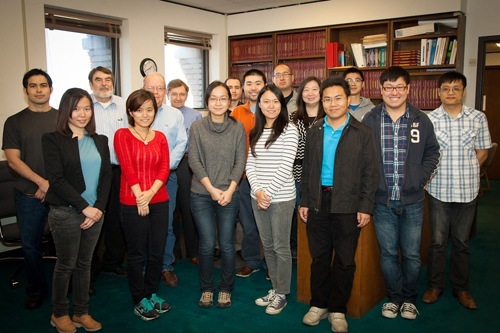
A timely and necessary antidote to indirect methods and so-called P-wave FWI
Seismic imaging and inversion: Application of linear inverse theory
The SII book volume 1
Clarifying the underlying and fundamental meaning of the approximate linear inversion of seismic data
Direct non-linear acoustic and elastic inversion: towards fundamentally new comprehensive and realistic target identification
Key points, thoughts, and communication for ALL seismic amplitude analysis
Basically, the first point is that from a direct inversion perspective a linear inverse solution needs to begin with a careful examination/determination of what data is required, in principle to directly invert for that quantity, without any linear or other approximation.
An inverse scattering series method for attenuating elastic multiples from multicomponent land and ocean bottom seismic data
Inverse scattering series and seismic exploration
Inverse scattering series direct depth imaging without the velocity model: First field data examples
Multiple attenuation: Recent advances and the road ahead (2011)
You will need the Adobe Reader to view and print these documents. ![]()
